Peruvian Playing Cards
Playing cards have been travelling from Spain to South American colonies ever since Christopher Columbus.

Playing cards have been travelling from Spain to South American colonies ever since Christopher Columbus. In 1531 Francisco Pizarro, a Spanish soldier, set sail from Panama with 180 men and 37 horses to conquer Peru for its gold. Huge amounts of silver were extracted from Peruvian mines during the 16th and 17th centuries and shipped back to Spain. At the same time gambling increased. Indeed, archaeological excavations in the Lower Rimac Valley near Lima have unearthed dice and fragments of 16th century Spanish playing cards made in Seville. Thus Peru was supplied with playing cards manufactured in Spain since the 16th century.
Sheets of playing cards were already being produced and sold in Peru by the mid-sixteenth century, but in 1553 their production was prohibited. The first printing press in Peru appeared in 1594, primarily for the purpose of printing Christian doctrine to support evangelism. Others soon followed and output was controlled by the Spanish crown to guard against subversive doctrines. Most of the images were religious and produced in Spain following fashions and tastes of the day. Ornaments include double-tailed mermaids, fish, semi-humans, demons, dragons, etc. At some point local woodcutters or engravers were employed; by 1618 an accusation was made that Francisco del Canto had made counterfeit playing-cards. Clandestine playing card industry was established at an early date.
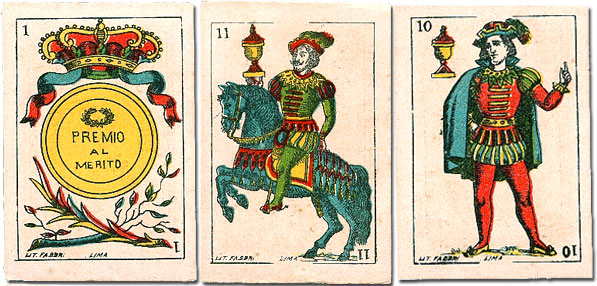
Above: cigarette cards for "La Mutua" tobacco company printed by Litografía Fabbri, c.1900 using the Spanish Cadiz pattern.
The Spanish Cadiz pattern has been used in Peru since before 1900 and has become a sort of Peruvian National Pattern. The Castilian and Catalan patterns are seldom seen. For many years foreign-made cards were imported, including those made for the Estanco de Naipes del Perú, until Peruvian printers began to produce their own.
The Estanco de Naipes del Perú was first established in 1781 and administered by Spanish authorities as a sort of monopoly. Cards were produced in Spain at the Real Fábrica de Macharaviaya. Subsequently the Estanco was devolved to the Peruvian Congress who controlled the playing cards industry until the Estanco de Naipes was finally abolished in 1967.

Above: miniature playing cards inset into tobacco cards, printed by Litografía y Tipografía Fabbri Hermanos, Lima, for Roldan y Cia Tobacco, c.1895.
A number of Peruvian tobacco companies produced collectible insert cards and playing cards to promote their cigarette brands during the late 19th century and early 1900s, many of which are finely lithographed by local printers. In addition there has been a small output of locally-produced packs. Local printers who also produced playing cards include: Color & Trazos ¦ Imprenta Lecaros ¦ Jan Mer S.A.C. ¦ Litográfica del Perú ¦ Litografía Fabbri ¦ Litografía Goicochea Hnos, S.A. ¦ Naipes y Casinos ¦ OBD, S.A. ¦ Offset Cecil S.A. ¦ Pavias ¦ Power Casinos ¦ Zandrox Producciones.
Publicity & Advertising
Tourist Souvenir
Tarot & Cartomancy
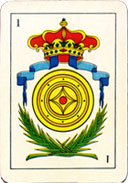 |
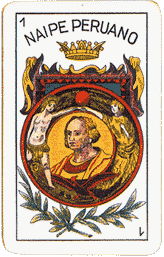 |
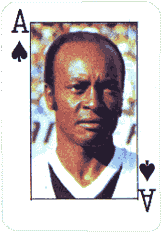 |
 |

Above: “Amos del Universo” superhero card game published by Litografía Goicochea Hnos, S.A., Lima, Peru, c.1980.
Rimac Valley cards | Silver Cards | El Perú Tobacco | Litografía Fabbri | Cigarrillos Compadre | Cigarrillos El Figaro | Cigarrillo Holiday | Imprenta Lecaros 'El Reloj' | Vistas de Lima, c.1910 | Vistas del Perú, c.1920s | OBD | Pavias | Ramses II Tarot | Zandrox Tu Destino | Litográfica del Perú | Cefacidal by Offset Cecil | Laboratorios Magma | Ripley Coca-Cola | Inka Culture | Inka-Dynasty | Cusco Inca Souvenir | Líneas Nazca Souvenir | Fenno Souvenir Cards | Peru Rail Souvenir | Machupicchu playing cards | Spiderman | Nescafé
By Simon Wintle
Spain • Member since February 01, 1996 • Contact
I am the founder of The World of Playing Cards (est. 1996), a website dedicated to the history, artistry and cultural significance of playing cards and tarot. Over the years I have researched various areas of the subject, acquired and traded collections and contributed as a committee member of the IPCS and graphics editor of The Playing-Card journal. Having lived in Chile, England, Wales, and now Spain, these experiences have shaped my work and passion for playing cards. Amongst my achievements is producing a limited-edition replica of a 17th-century English pack using woodblocks and stencils—a labour of love. Today, the World of Playing Cards is a global collaborative project, with my son Adam serving as the technical driving force behind its development. His innovative efforts have helped shape the site into the thriving hub it is today. You are warmly invited to become a contributor and share your enthusiasm.

Leave a Reply
Your Name
Just nowRelated Articles

Anon Spanish Cards c.1875
Spanish-suited playing cards made in Belgium by Mesmaekers Frères, c.1875.

Líneas de Nazca
“Líneas de Nazca” souvenir playing cards, Peru, c.2008.

Playing Cards in Cuba
During the colonial years and afterwards, Spanish-suited packs were imported into Cuba.

Sanmartí, 1840
Sanmartí, 1840.
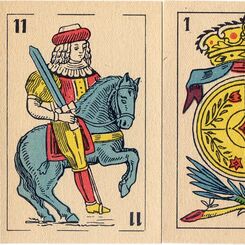
Spanish Cards c.1920
Spanish-suited Playing Cards manufactured by Van Genechten, c.1920.

Spanish Playing Cards ~ La Baraja Española
Spain has played a pivotal role in the history of playing cards in Europe and Latin America.
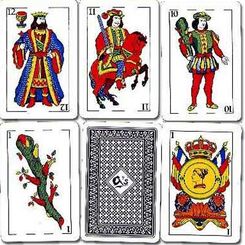
Playing Cards in Honduras
Honduras shares a long tradition with Spain in the field of playing cards.

Naipes ‘El Borrego’
Naipes ‘El Borrego’ Spanish-suited playing cards manufactured in El Salvador, c.2002

Naipes Cisne
Although the wrapper gives the manufacturer's address in Sevilla, Spain, the cards were most likely ...

Naipes Vencedor
Naipes Vencedor, manufactured in Paraguay by La Vencedora S.A, c.1985

Cusco Inca Souvenir
Pre-Incas & Incas Souvenir Playing Cards, Cusco, Peru, 2000.

Naipe Peruano
Peruvian costumes playing cards.
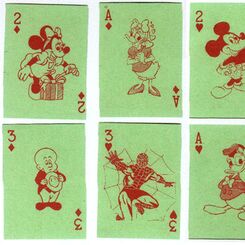
Disney playing cards from Peru
Disney playing cards from Peru.
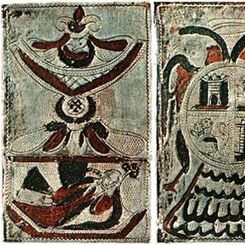
Silver Cards from Peru
Spanish-suited silver cards, richly embellished and enamelled, from a former Spanish Viceroy in Peru...

Naipes y Casinos Industria Peruana
Naipes Tipo Español “Naipes y Casinos” Industria Peruana.

Pavias Playing Cards made in Peru
Pavias playing cards made in Peru, c.1990.
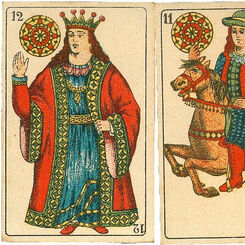
Cigarrillos Compadre, Peru, early 1900s
Spanish-suited playing cards for Cigarrillos Compadre, Peru, early 1900s

Coca~Cola themed pack for Ripley department store, Peru
Coca-Cola themed deck produced for Ripley Department Store, Peru, anonymous manufacturer, c.2000.

Spanish-suited deck for the Estanco de Naipes del Perú
Spanish-suited playing cards printed for the Estanco de Naipes del Perú.
Most Popular
Our top articles from the past 60 days


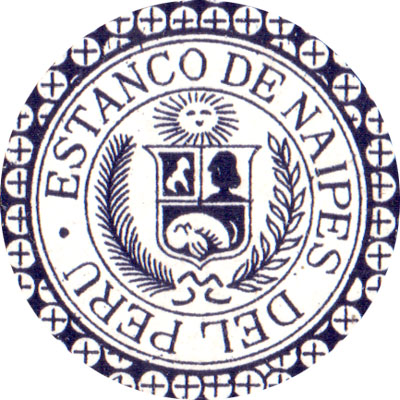
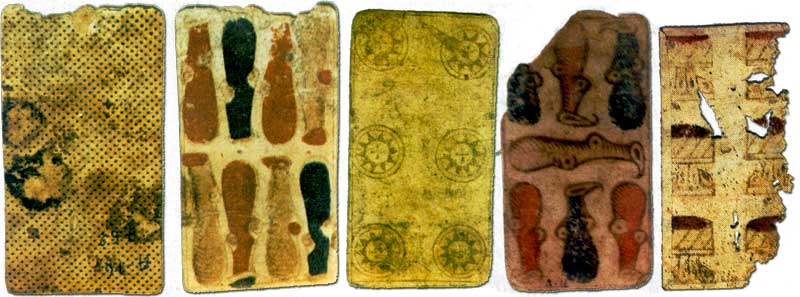
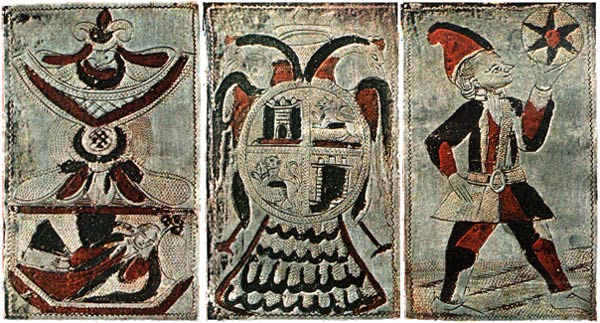

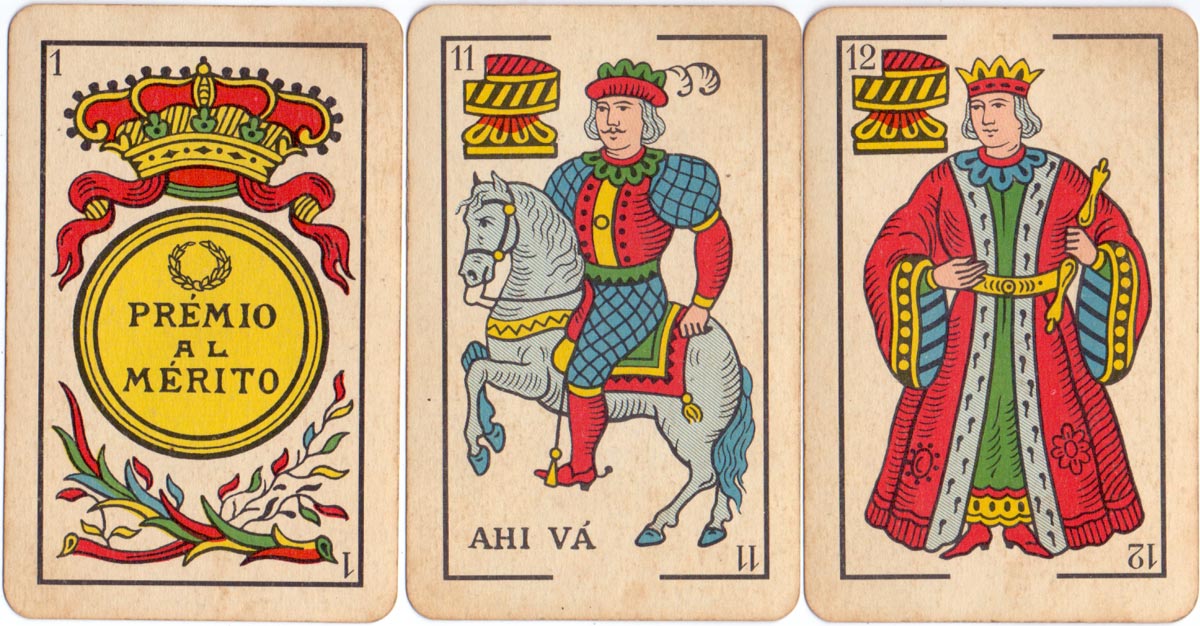
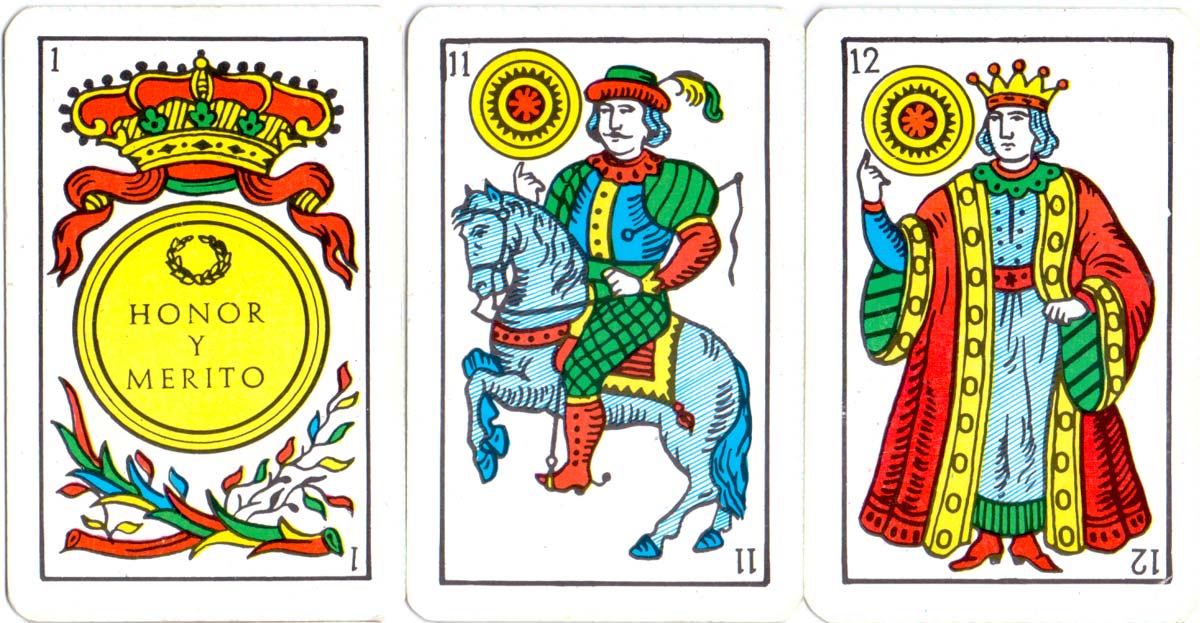


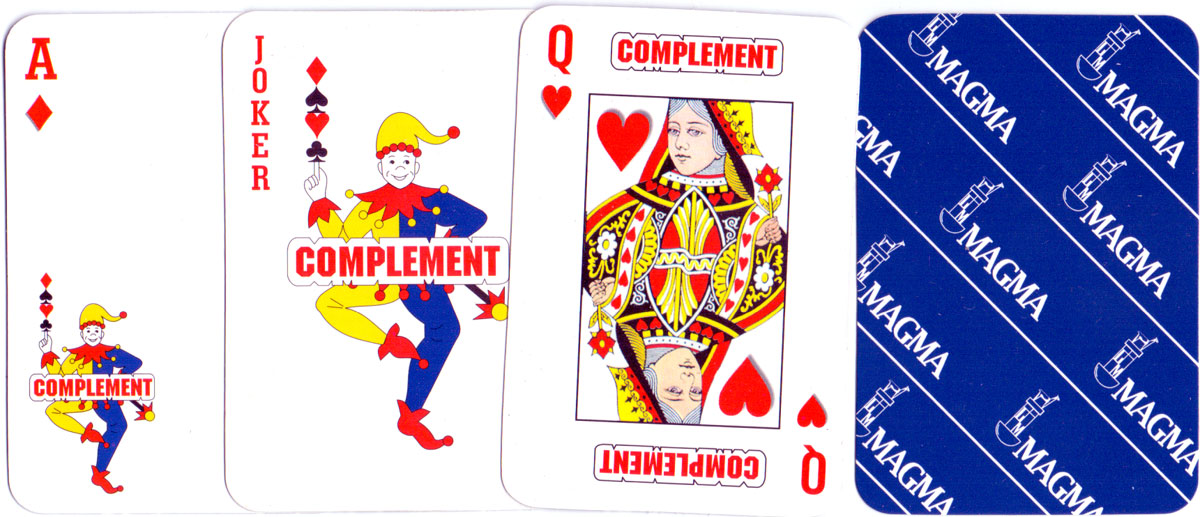
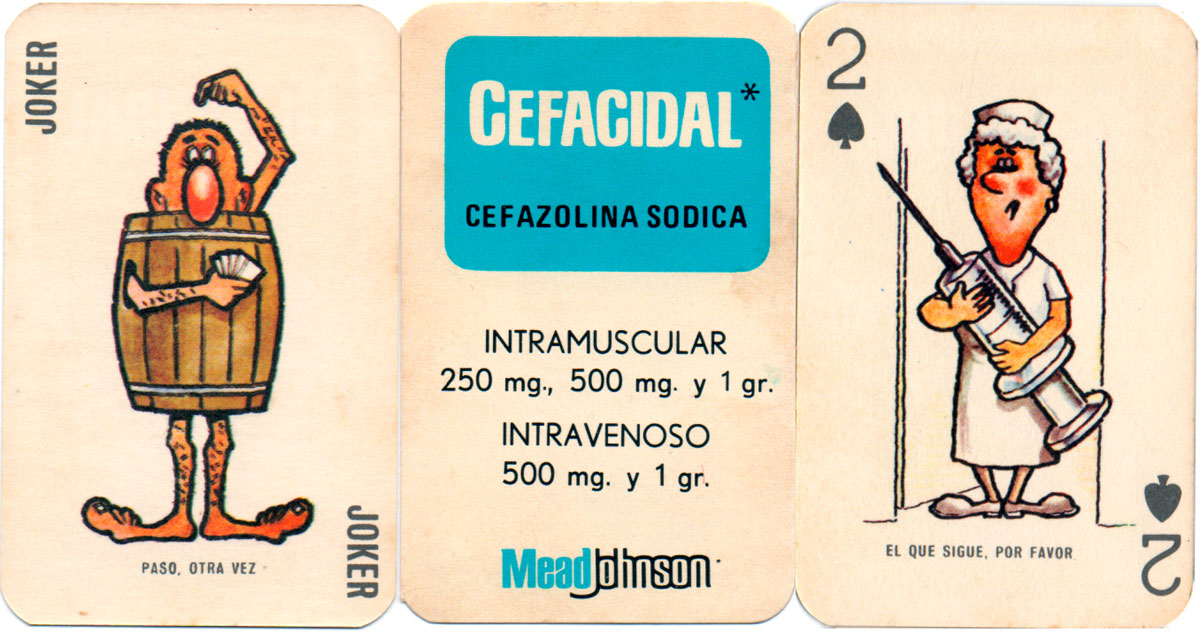
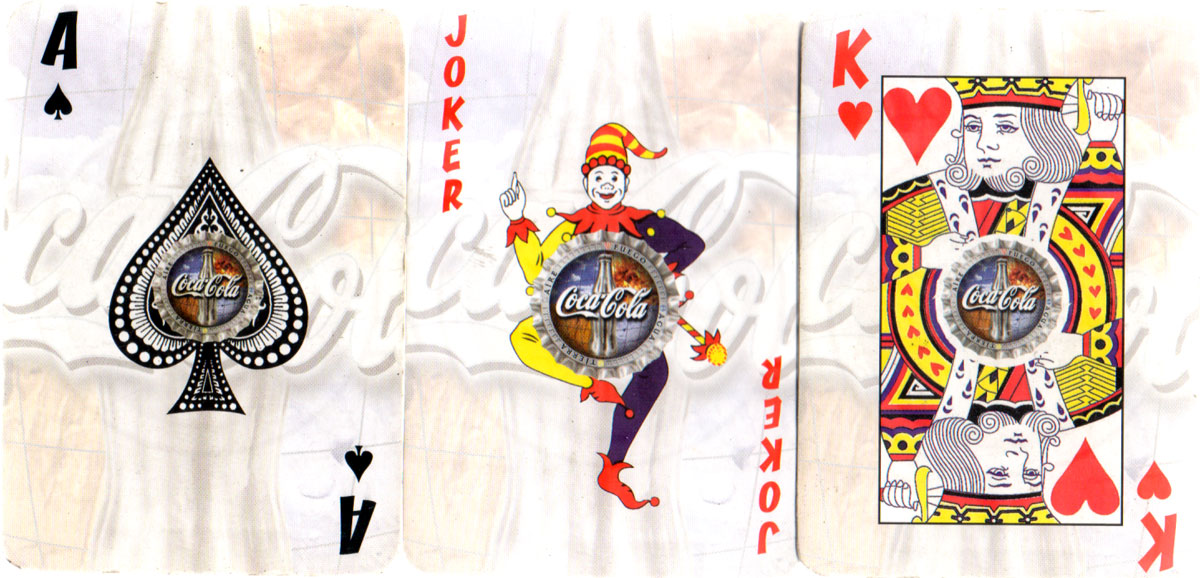

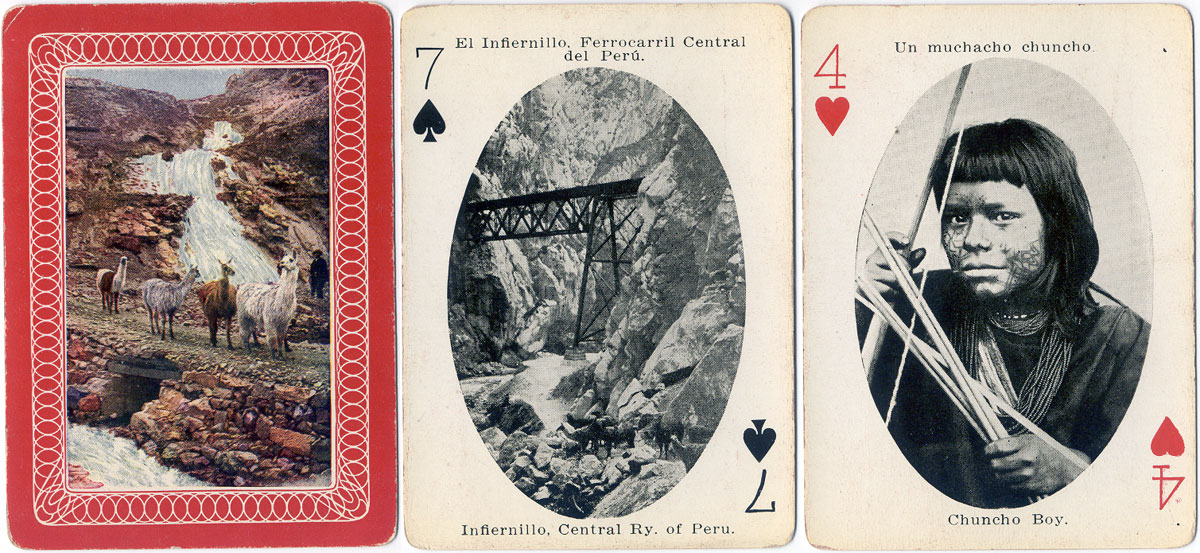


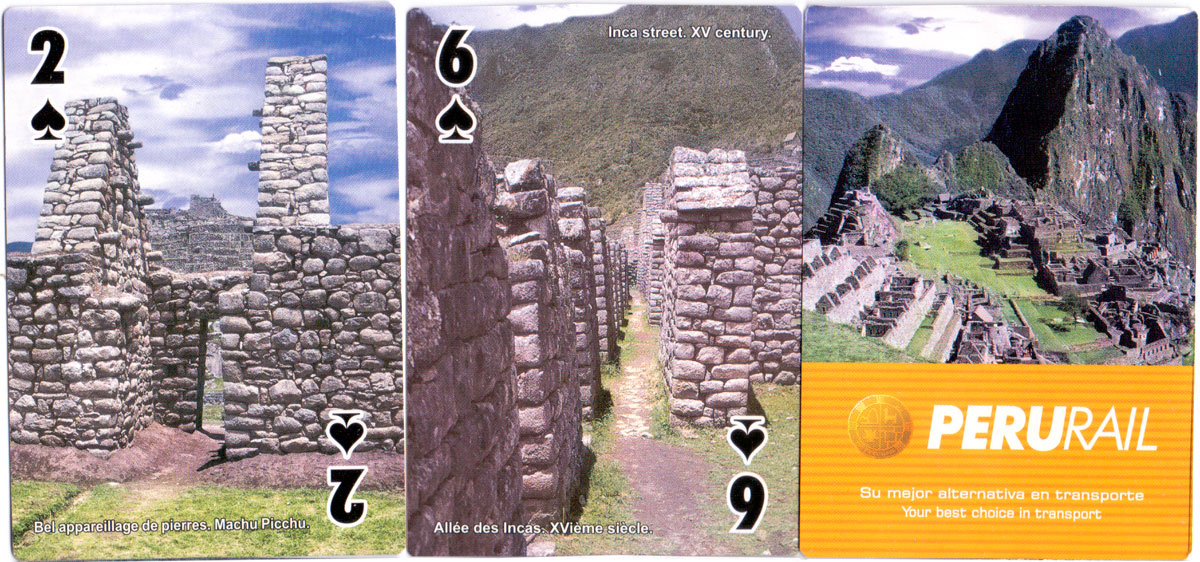


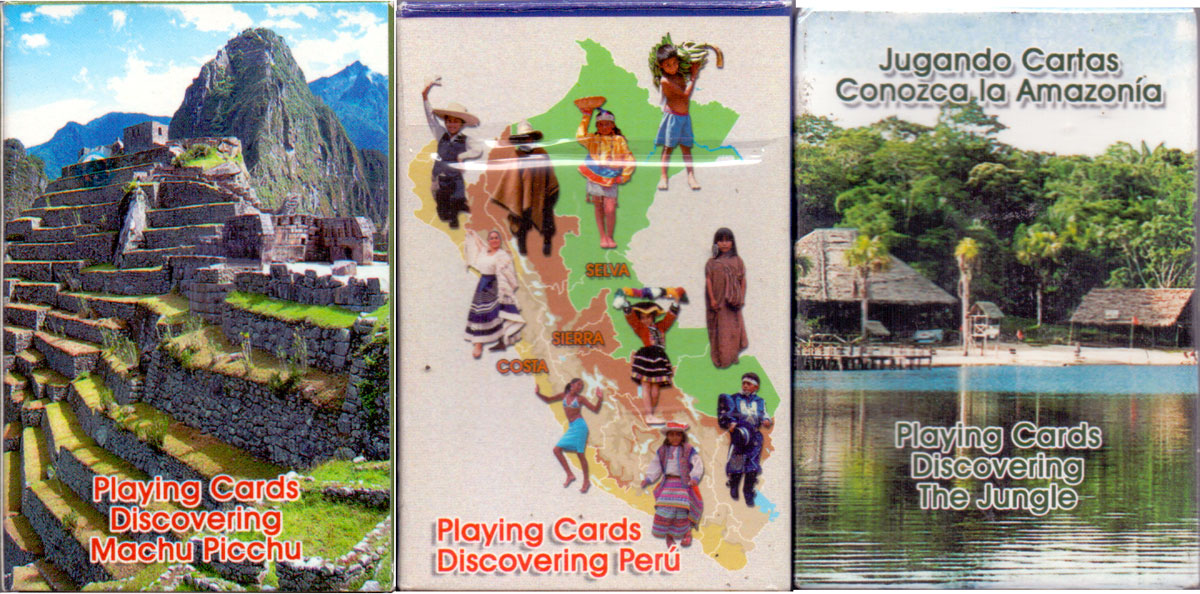
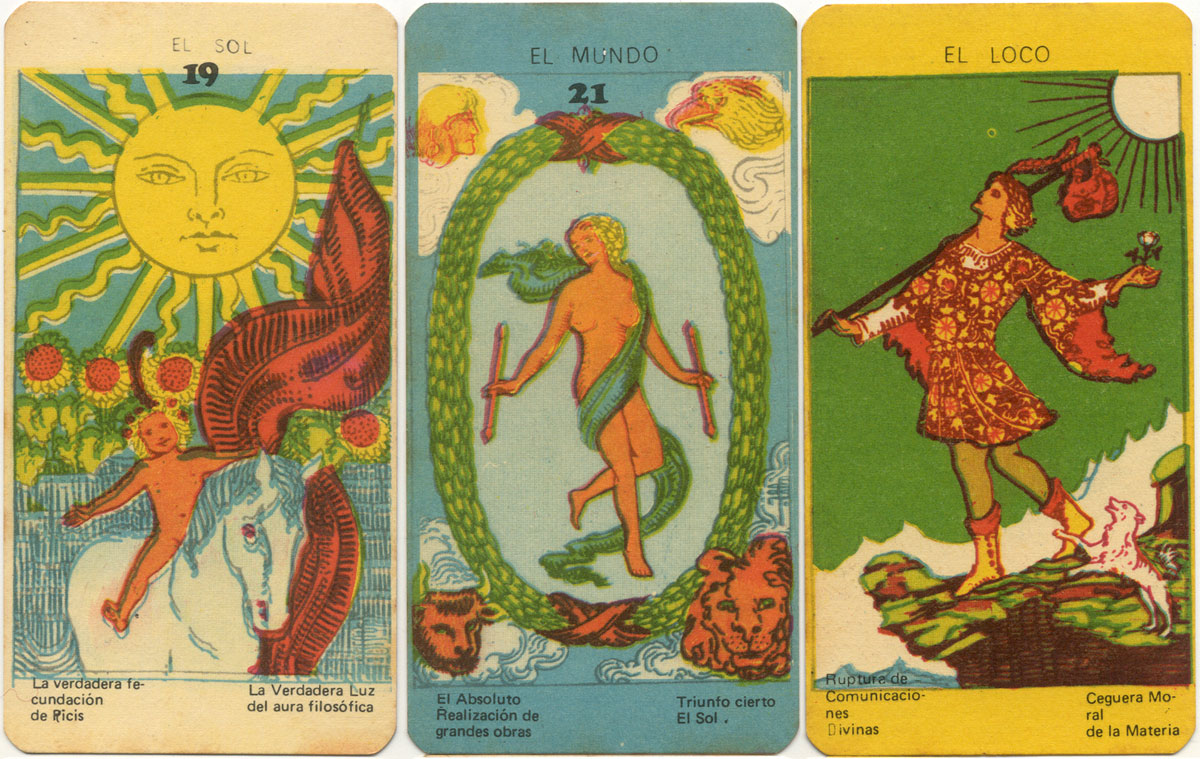
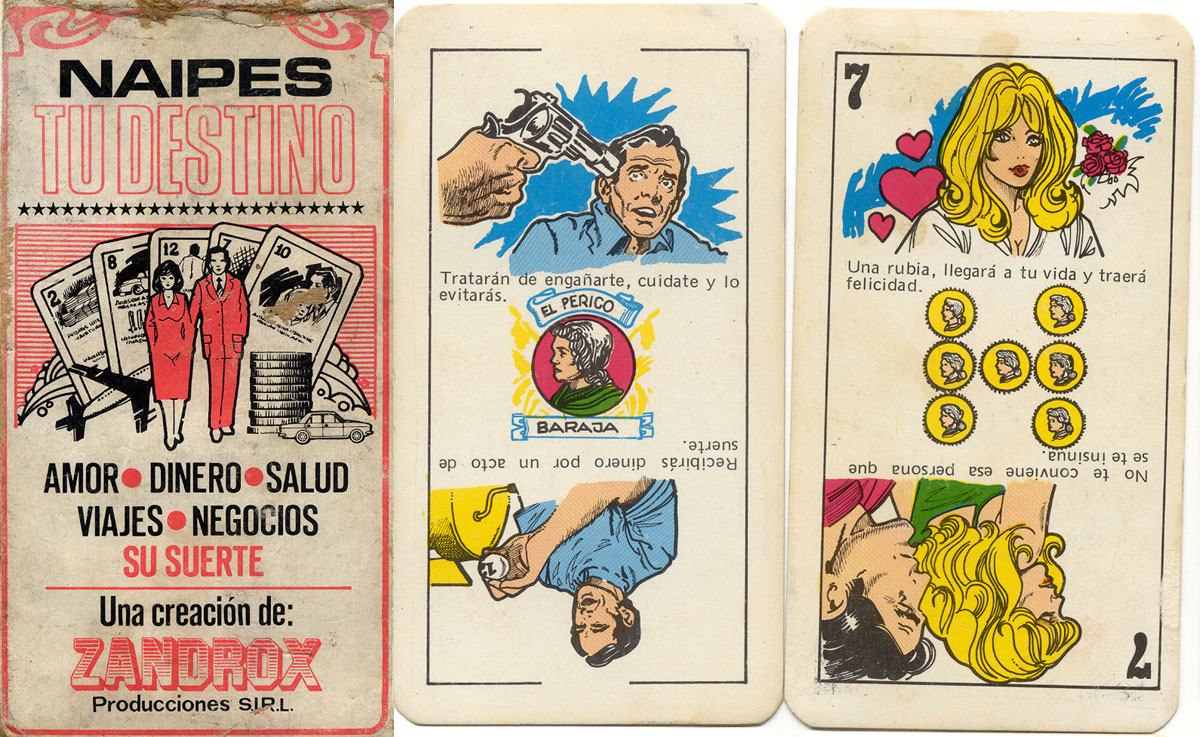

 Your comment here. Your comment here. Your comment here. Your comment here. Your comment here. Your comment here. Your comment here. Your comment here. Your comment here. Your comment here. Your comment here. Your comment here. Your comment here. Your comment here. Your comment here. Your comment here. Your comment here. Your comment here. Your comment here. Your comment here. Your comment here. Your comment here. Your comment here. Your comment here. Your comment here. Your comment here. Your comment here. Your comment here. Your comment here. Your comment here. Your comment here. Your comment here.
Your comment here. Your comment here. Your comment here. Your comment here. Your comment here. Your comment here. Your comment here. Your comment here. Your comment here. Your comment here. Your comment here. Your comment here. Your comment here. Your comment here. Your comment here. Your comment here. Your comment here. Your comment here. Your comment here. Your comment here. Your comment here. Your comment here. Your comment here. Your comment here. Your comment here. Your comment here. Your comment here. Your comment here. Your comment here. Your comment here. Your comment here. Your comment here.





















